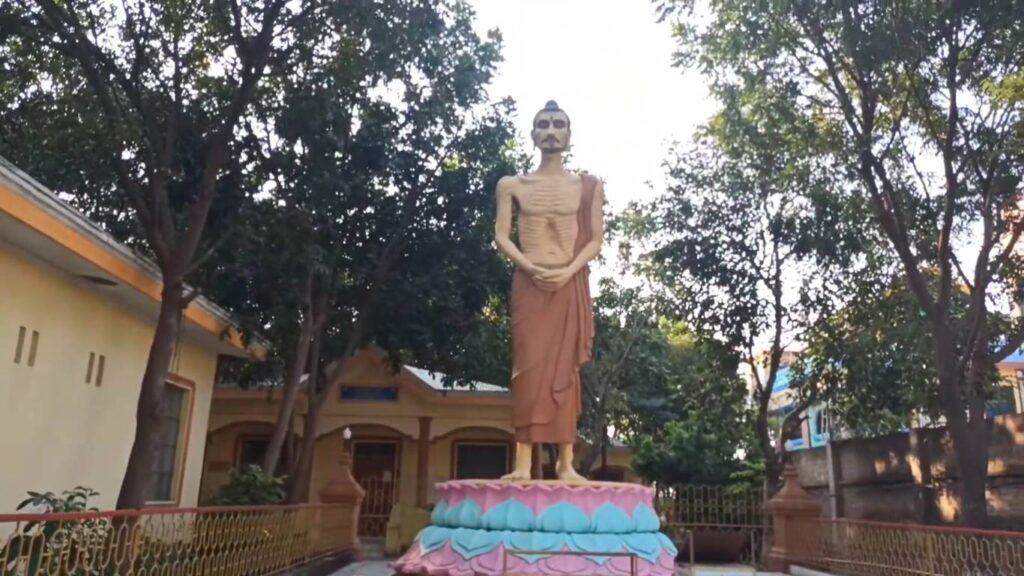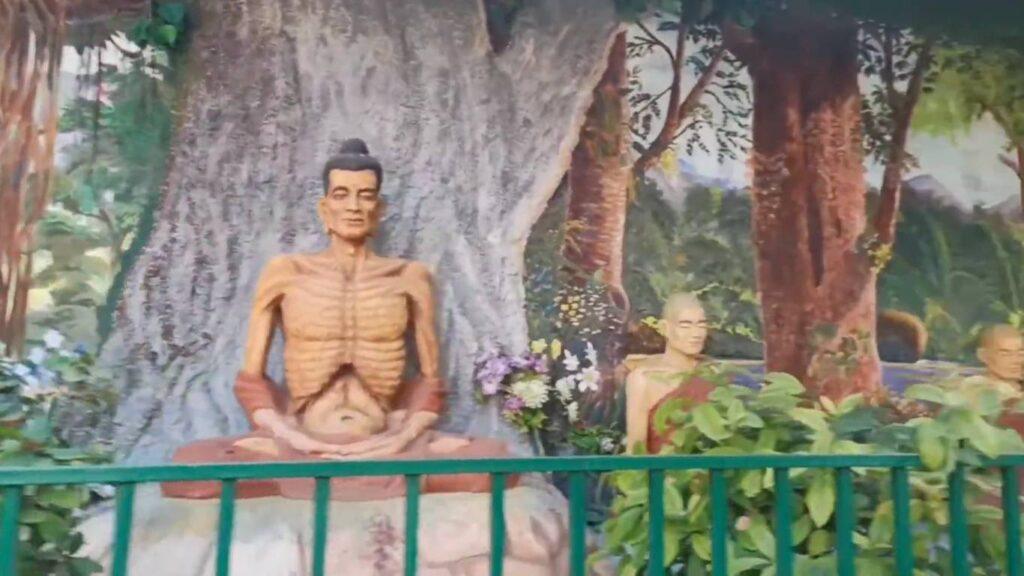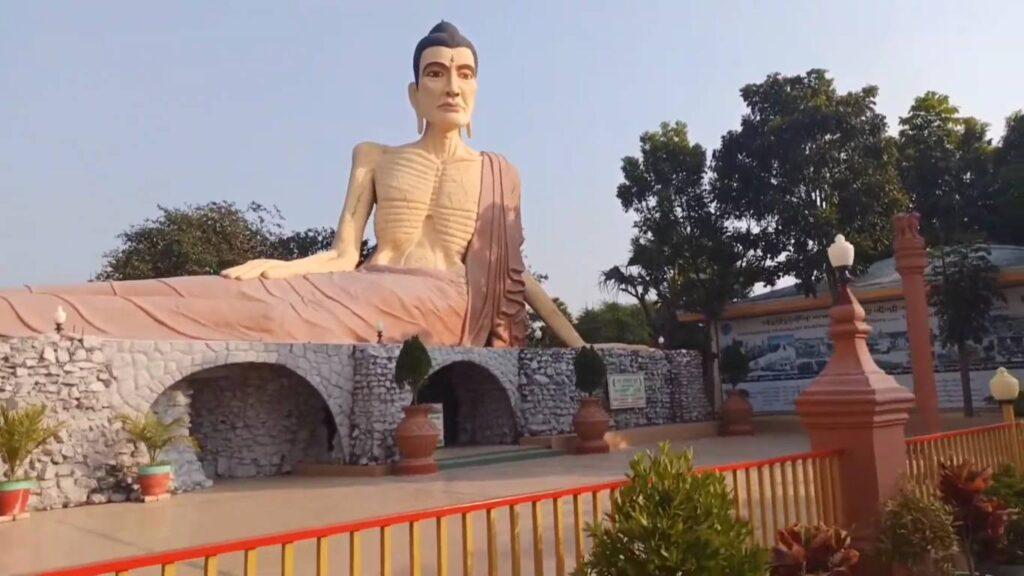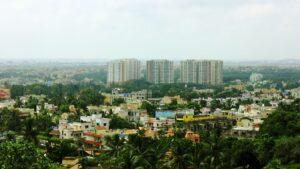Dungeshwari Cave
Dungeshwari Cave, also known as the Mahakala Cave, is a place of profound spiritual significance located near Bodh Gaya in Bihar, India. It is a site of pilgrimage for Buddhists, as it is believed that Lord Gautama Buddha meditated here for six years before achieving enlightenment.


Dungeshwari Cave Temples
Dungeshwari Cave Temples are an ancient archaeological site located in the Gaya district of Bihar, India. These rock-cut cave temples date back to the 5th-6th century CE and are considered one of the earliest examples of Buddhist rock-cut architecture in the region.
Dungeshwari Temple Location
Dungeshwari Caves are located approximately 12 kilometers from Bodh Gaya, the site where Buddha attained enlightenment. It is believed that Buddha spent several years meditating and practicing austerities in these caves before his enlightenment. The caves are situated atop a hill, offering a serene and secluded environment that was conducive to spiritual contemplation.
Location: Dungeshwari Cave, Bihar, India
Dungeshwari Temple Timings
Dungeshwari Cave is open to visitors from 10 AM to 5 PM and offers a serene atmosphere for reflection. The journey to the caves is itself a contemplative experience, transitioning from the busy streets of Bodh Gaya to the peaceful Dungeshwari Hills.
Importance of Dungeshwari Cave
Siddhartha Gautama, who would become the Buddha, is said to have spent six years in solemn meditation here before his enlightenment in Bodhgaya. To honor this sacred time, two shrines stand in tribute. One shrine holds a golden statue of the Buddha, capturing his intense period of austerity, while the other enshrines a grand Buddha statue, approximately six feet in height. The cave temple is home to an idol of the Hindu goddess Dungeshwari, symbolizing the spiritual harmony of the place.
How to Reach Dungeshwari Caves Temples?
Dungeshwari Caves Temples, located in Bihar, India, are an important archaeological and religious site. These ancient caves are known for their impressive rock-cut architecture and association with the life of Lord Buddha. If you’re planning a visit, here’s how you can reach the Dungeshwari Caves Temples:
By Air:
Nearest airport is Gaya International Airport, which is approximately 17 km away from the Dungeshwari Caves. From the airport, you can hire a taxi or take a local bus to reach the site.
By Train:
Closest railway station is Gaya Junction, located around 22 km from the caves. Local bus, hire a taxi, or arrange for a private transfer from the station to the Dungeshwari Caves.
By Road:
Dungeshwari Caves Temples are well-connected by road. Take a bus or hire a private vehicle from nearby towns and cities like Gaya, Bodh Gaya, or Patna to reach the site. Roads are generally in good condition, making it a convenient option for self-drive or private car travel.
How can I reach the Dungeshwari Cave Temples?
Caves are located near Gaya and are more easily accessible from there than Bodhgaya.
Can you stay overnight at the Dungeshwari Cave Temples?
There are no facilities for overnight stays at the caves, but there are accommodations available in nearby Gaya and Bodhgaya.
What is the best time of year to visit the Dungeshwari Cave Temples?
Best time to visit is during the cooler months from October to March when the weather is more pleasant for travel.
Is there an entry fee for the Dungeshwari Cave Temples?
No, visiting the Dungeshwari Cave Temples is free of charge.
What is the significance of the Dungeshwari Cave Temples?
Caves are where Buddha is said to have realized that neither extreme asceticism nor indulgence leads to enlightenment.
What is the Dungeshwari Cave Temple?
Dungeshwari Cave Temple, also known as Mahakala Caves, is a site where Buddha is believed to have meditated in extreme asceticism for 6-7 years.
Dungeshwari Caves are more than just a historical monument; they are a spiritual haven. They remind us of the Buddha’s teachings and his quest for a path to enlightenment that lies between the extremes. A visit to these caves is not just a tour; it’s a pilgrimage to the very heart of Buddhist philosophy.






